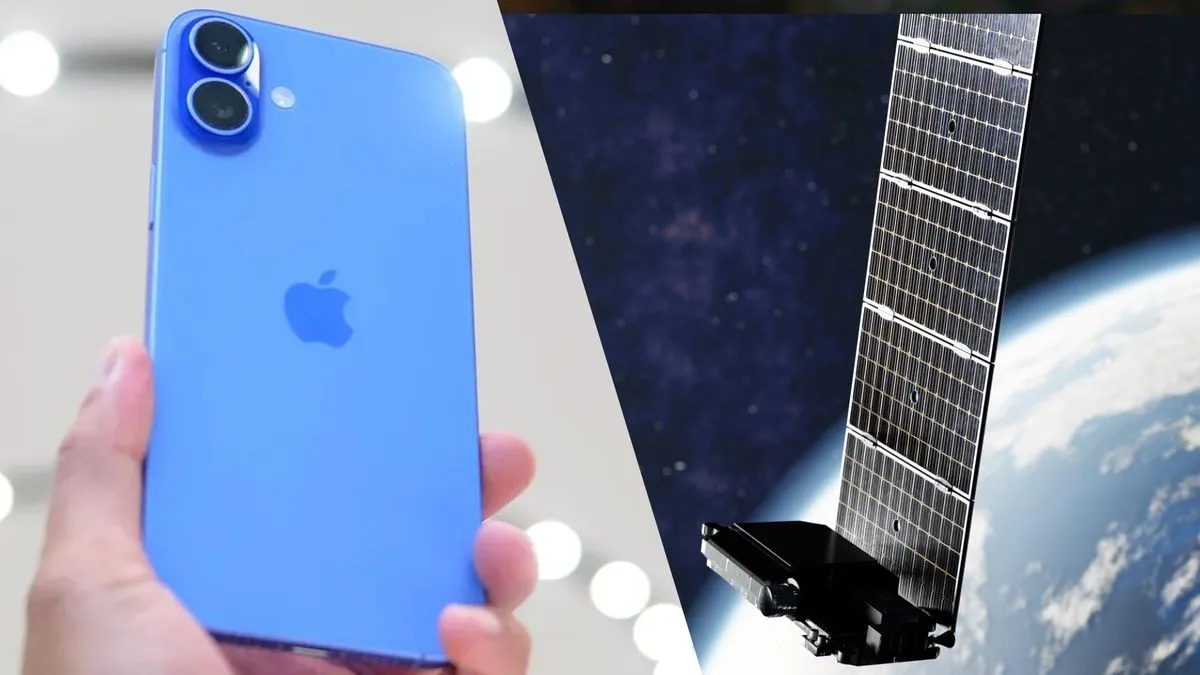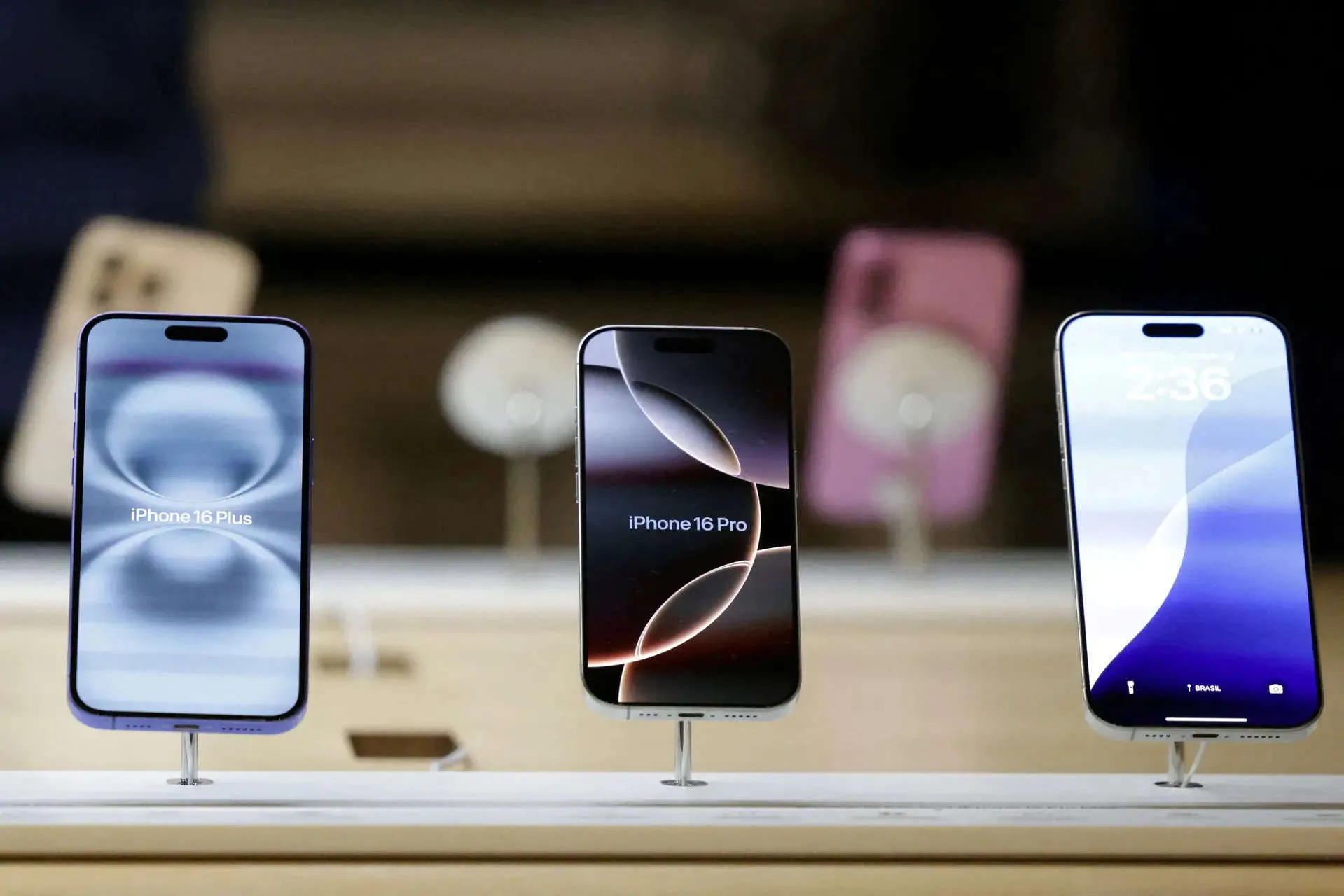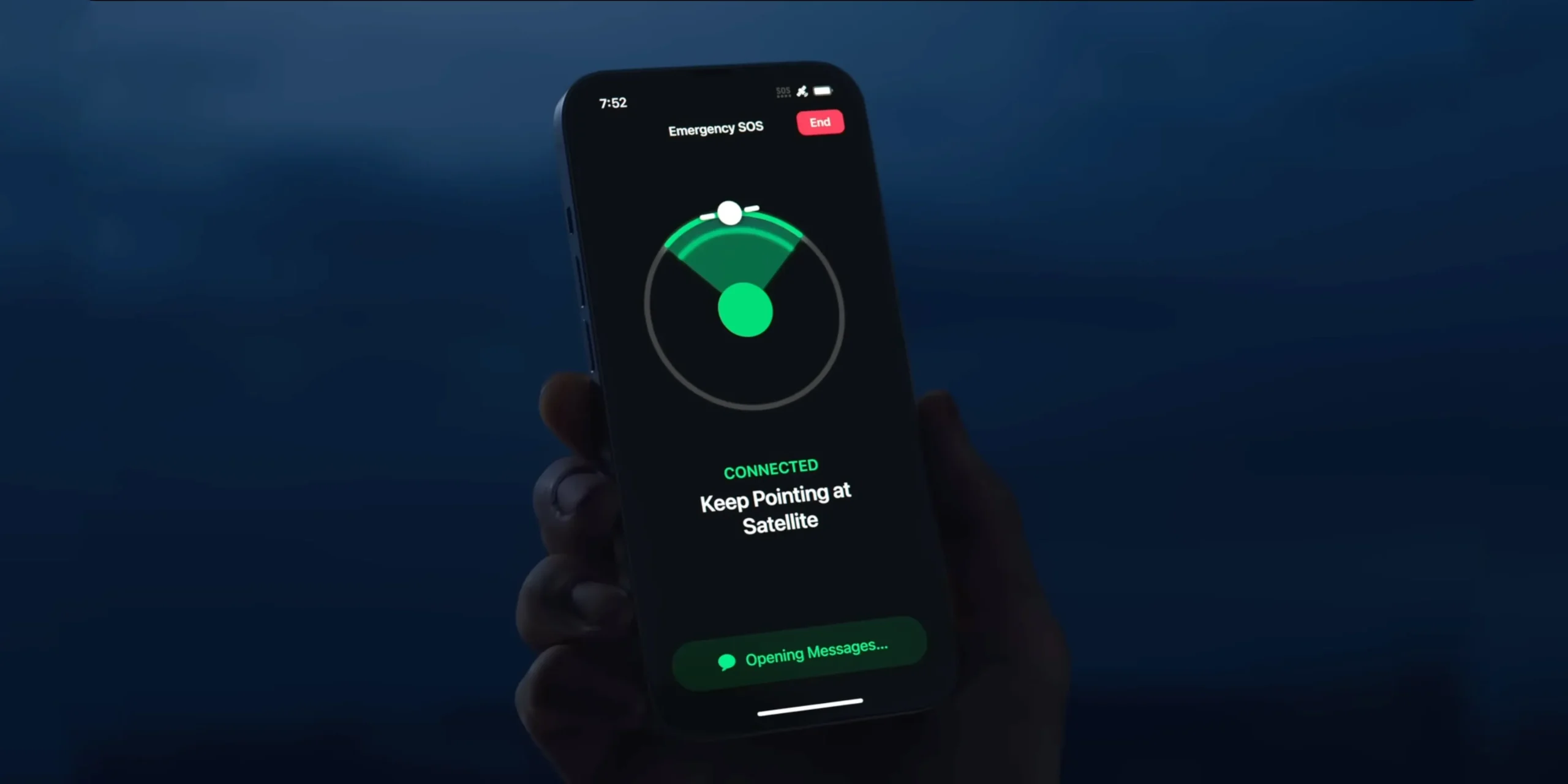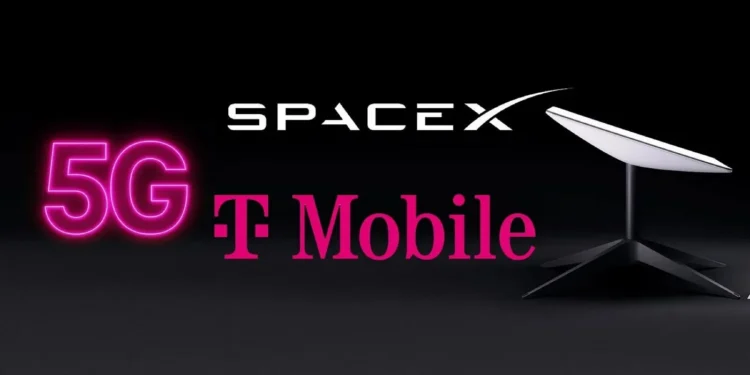First and foremost, it’s crucial to clarify that Apple has not formed any direct partnership with Elon Musk’s Starlink to implement the service in iPhones. Instead, what’s actually happening involves T-Mobile utilizing its 1900MHz (band 25) spectrum to enhance its network coverage through Starlink’s satellite capabilities. This is available solely to T-Mobile customers in the United States and is not an automatic feature across all iPhones.

Apple’s latest iOS update, 18.3, supports this functionality, but it’s just that—an option for users who are on the right carrier, with the right plan, and in the right location. It’s a far cry from the sweeping declarations of Starlink’s universal installation on iPhones.
Understanding iPhone’s Satellite Features
For those interested in the specifics, Apple has introduced documentation that explains how iPhones interact with carrier-provided satellite features. It’s important to note that this setup is not unique to Starlink but is part of a broader move by various carriers to expand coverage through satellites. The main prerequisites for accessing such features include:
- Owning an iPhone model from iPhone 14 onwards.
- Operating on the latest iOS version.
- Being a customer of a supported carrier with an appropriate cellular plan.
When these conditions are met, users will notice a “SAT” symbol in their iPhone’s status bar, indicating satellite connectivity. However, standard carrier fees and data rates will still apply.

T-Mobile and Starlink: A Limited but Growing Partnership
The current scope of Starlink’s integration with T-Mobile’s network is limited but evolving. Initially, this feature is restricted to sending text messages when out of traditional network range. This service is still in beta and requires manual sign-up on T-Mobile’s website.
Looking ahead, the potential for broader data capabilities through Starlink for T-Mobile customers is on the horizon. Starlink’s prowess as an internet service provider (ISP) extends to fixed locations, portable setups, and even connectivity on flights and cruises, showcasing its versatility beyond traditional satellite roles.

Despite the flurry of misinformation, one crucial piece of advice remains consistent: keeping your iPhone updated to the latest iOS version. iOS 18.3 doesn’t just support new carrier features; it also brings the latest security patches and bug fixes essential for maintaining device performance and protection.
In conclusion, while the notion of a full-fledged Apple-Starlink collaboration is more myth than reality, the ongoing developments in satellite-enhanced mobile connectivity herald a promising shift in how we stay connected. For iPhone users, this means staying informed about their carrier’s offerings and keeping their devices up to date to take full advantage of emerging technologies.










